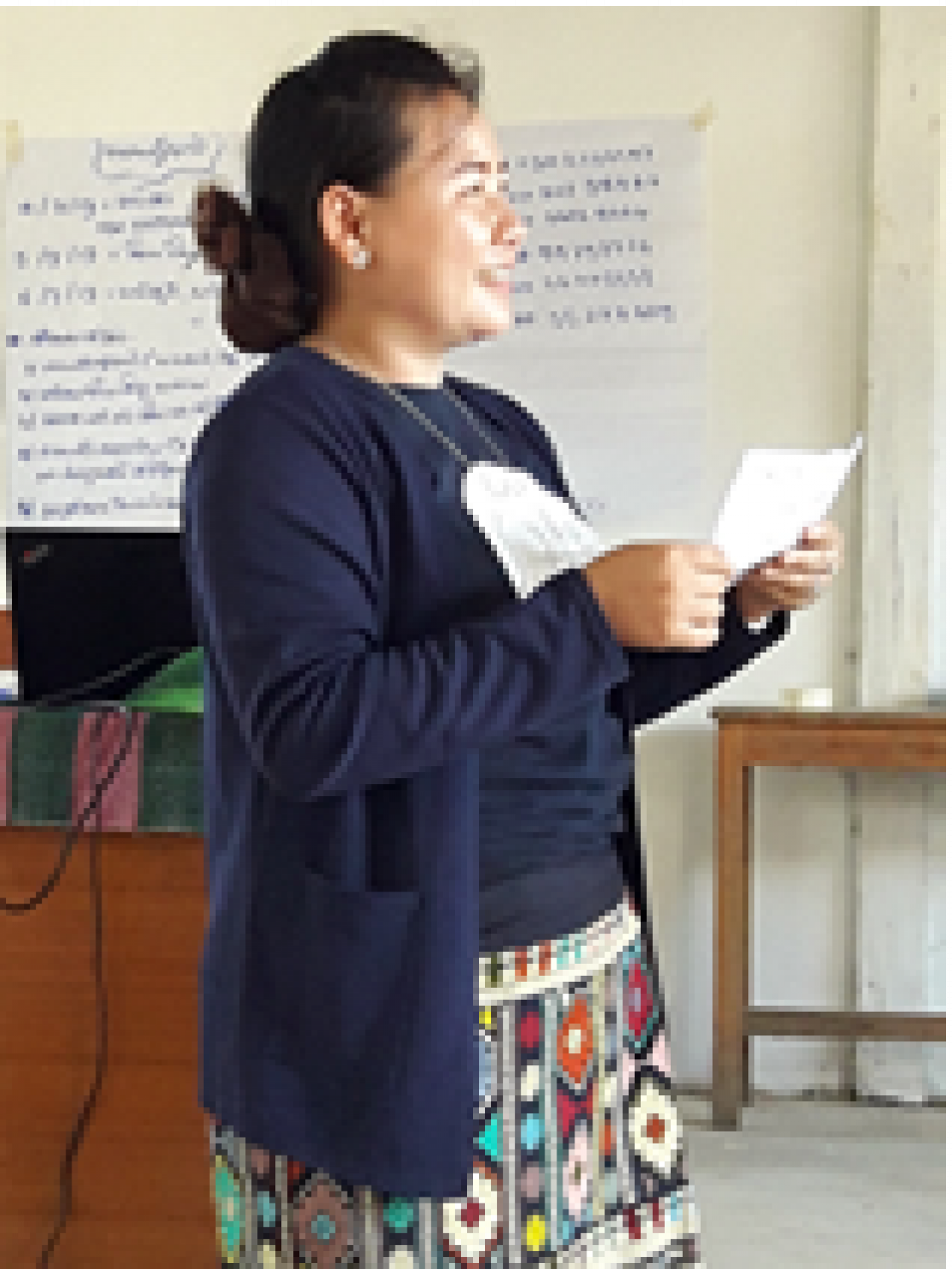Adolescent girls, pregnant and lactating women, and caregivers of children
Background:
In Lao PDR, the majority of malnutrition derives from sub-optimal nutrition-related eating, feeding, caring and WASH behaviours, particularly during the first 1,000-day period—from conception to 2 years of age, and during the second window of growth – adolescence
The Social and Behavior Change Communication (SBCC) Community Nutrition approach under SCALING is closely aligned to the National Social and Behavior Change Multisector Communication Strategy for Nutrition, Lao PDR, 2018, and adapted to the context of rural ethnic communities in the northern region. The SBCC sub national plan will contribute to the achievement of the Government of Lao PDR priority to reduce the high level of chronic malnutrition (stunting) in children under five years old and improve the health of mothers and young children in the northern region of Lao PDR.
Objectives:
- Increase cross sector collaboration, commitment and action for nutrition improvement
- Increase community ownership, participation and action for improved maternal and young child nutrition
- Enhance individual behaviors and household practices for maternal and young child care and nutrition
- Increase quality and uptake of health services for maternal, new-born, child health and nutrition
- Enhance enabling environment for improved nutrition, hygiene and health seeking behaviors
Results:
- 420 Villages in which adapted LANN modules have been delivered: Villages implement community action plans to address malnutrition
- 800 Community Facilitators conduct first 1,000 Day household visits
- 840 peer support groups formed
- 1,008 adolescent facilitators in 84 LSS trained on gender, nutrition and health issues
- 20,016 adolescents completed peer support group curriculum
Facts and Figures:
- 210 villages in which the "Our Promise” SBCC campaign has been rolled out
- 746 Community Facilitators (CF) trained visiting 4,945 1,000-days households on a regular basis
- 173 villages where 50% of the total number of women of reproductive age in the village participated in at least one monthly community level nutrition event during the past quarter
- 233 new peer support groups formed at LSS level
- 280 new adolescent facilitators (140 girls) in 79 LSS
- 233 Peer Support Groups formed with 3,337 members (1,655 girls)
Testimony:

Case Study Ms. Sengkham, SBCC Nutrition Team Leader, Luang Prabang province
Ms Sengkham is the team leader for the village nutrition team of Ban Lae Sivilay in Pak Ou district. She is a Hmong mother of two children and wise and mature beyond her 26 years. She is active and has many responsibilities in her village. Not only is she part of the village leadership committee but she is also a GMP volunteer, a traditional birth attendant and a volunteer for clean water WASH. This in addition to being a wife and mother. She happily says her husband is very supportive and understands her work. Ms Sengkham said the most important change has been her increase in knowledge and skills that has enabled her to advise and talk with villagers for improved practices on nutrition and hygiene.
The village of Ban Lae Siviliay has 84 families, 42 are Lao Leum and 38 are Hmong. Ms Sengkham said there is good unity in her village among the ethnic groups. When asked what was the most important change she had seen in her village, she explained how she has seen changes in behaviour and practices. An example being improvements in hygiene and WASH practices among the Hmong community. She said previously they did not understand the importance of keeping children clean and of hand-washing and now this has improved. She felt that one reason for the improvement and the success of behaviour change is that home visit volunteers do not just go and talk or counsel families but they also practice and demonstrate together and do the action together when they visit. In this way, it is easier for the families to try a new practice and behaviour after having been shown how to do it. Ms Sengkham feels very proud and motivated in her role as head of the nutrition team and can see changes in her village beginning slowly. She understands well the potential of the SBCC approach given more time and continued support from the district nutrition team.
Partners:
Ministry of Health (MOH), Provincial Health Office (PHO), District Health Office (DHO), Save the Children International (SCI), CARE, ChildFund (CFL) and Comité de Coopération avec le Laos (CCL)

